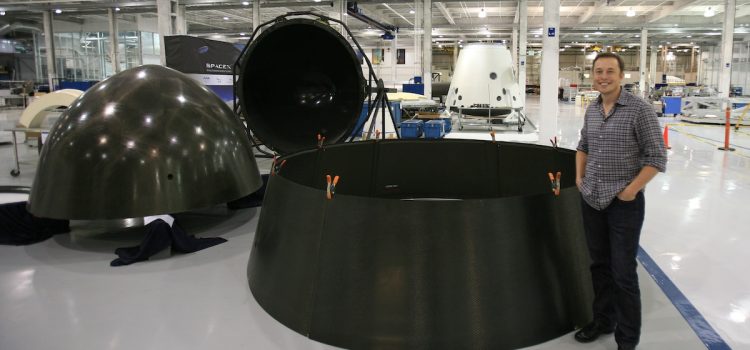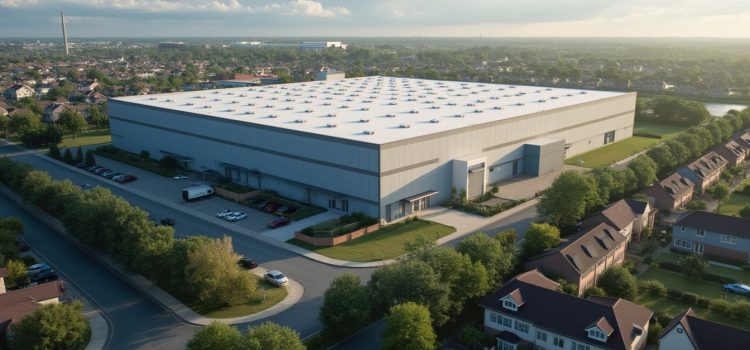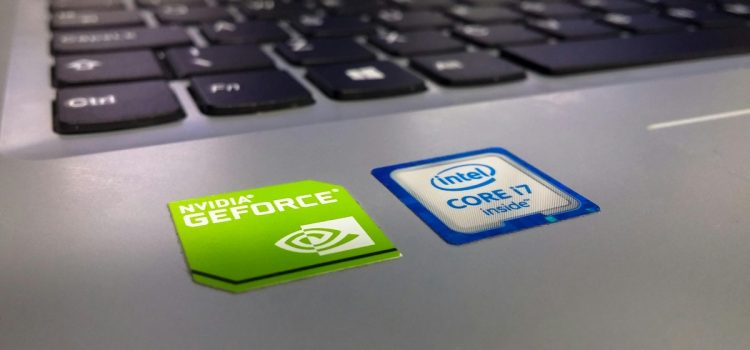What drives one of the world’s most innovative entrepreneurs to pursue such diverse and ambitious ventures? How have Elon Musk’s projects revolutionized industries from automotive to space exploration? In his book Elon Musk, Segun Thompson explores how the groundbreaking visionary transformed multiple industries through Tesla, SolarCity, SpaceX, and OpenAI. Elon Musk’s projects share a common thread: pushing boundaries to create sustainable solutions for humanity’s biggest challenges. Continue reading to dive into the fascinating journey of an entrepreneur who’s reshaping our future, one groundbreaking innovation at a time.
Elon Musk’s Projects: Ambition, Vision, & Revolution










